

Charles Darwin is best known for his theory of evolution as set out in his book On the Origin of Species. He was a naturalist – an expert in geology, botany and biology – whose interest in all ...
READ MORE
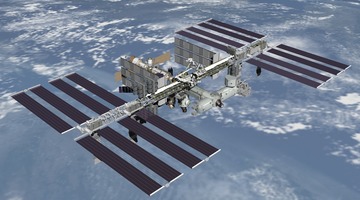
A satellite is anything that orbits around another object. Moons are natural satellites that orbit around planets, whereas artificial satellites are objects that people have made and launched ...
READ MORE

Since the earliest times, humans have made observations of the night sky. These observations, particularly of the Earth, Moon, Sun and planets (visible to the naked eye), led to the development ...
READ MORE
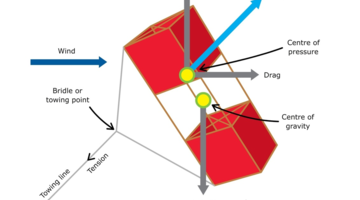
In this activity, students will learn about some kite history and how kites fly before making and flying a kite themselves. By the end of this activity, students should be able to: use some kite ...
READ MORE

In this activity, students explore how flight has developed over time with discussion about trends and future possibilities. By the end of this activity, students should be able to: explain in a ...
READ MORE
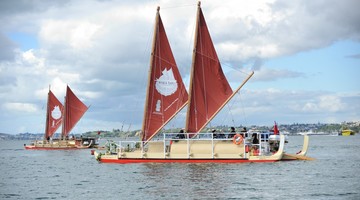
In this activity, students read a legend of Kupe. They compare this with modern-day voyaging without navigational instruments to work out what might have happened during the Polynesian migration ...
READ MORE

Why is the sky blue? Why do stars twinkle? Why did the apple fall to the ground? What happens if I hit this rock with another rock? As humans, we’re curious, and throughout history, we’ve ...
READ MORE

Both science and mātauranga pūtaiao build knowledge and understanding about our world. Often, we start with curiosity about something we’ve noticed and we want to find out more. At other times ...
READ MORE

In this recorded professional learning session Dr Rosemary Hipkins joins us to discuss the concept of enduring competencies – competencies that focus on what students can do with their knowledge ...
READ MORE
Charles Darwin's book on evolution, published in 1859, brought together a huge amount of evidence and – most importantly – suggested a mechanism to explain how evolution might occur.
READ MORE
Dr Allan McInnes and Dr Adrian McDonald, from the University of Canterbury, explain how gravity and projectile motion keep natural and artificial satellites in an orbital path.
READ MORE
The Rosetta Mission has been a long and complex mission to land a probe on a comet. What exactly is a comet and why land a probe on one? Avionics engineer Warwick Holmes explains how comets may ...
READ MORE
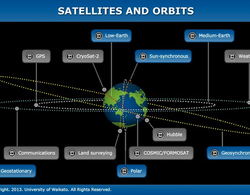
The size, orbit and design of a satellite depend on its purpose. In this interactive, scientists discuss the functions of various satellites and orbits. Accompanying fact files provide ...
READ MORE
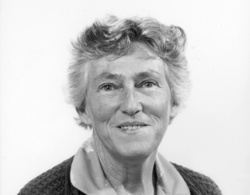
This timeline lets you see aspects of Joan's life and work, and how these fit into a wider science picture of paleontology. A full transcript is underneath.
READ MORE

This timeline lets you see the historical developments in technology related to weather monitoring, measuring and forecasting. It also shows how scientific thinking changed over the centuries as ...
READ MORE